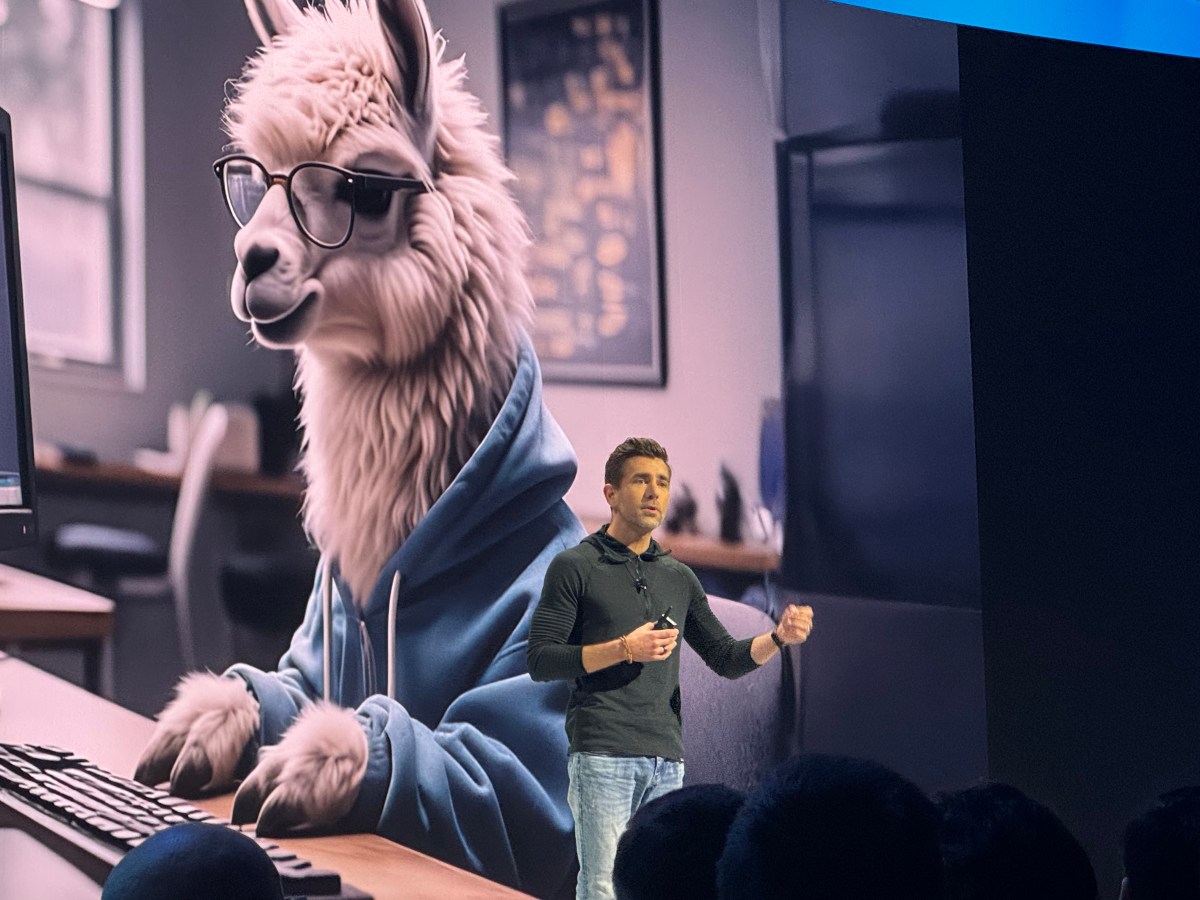Meta’s LlamaCon Focused on Challenging OpenAI

Meta’s First AI Developer Conference: An Overview of LlamaCon
Last Tuesday, Meta hosted its inaugural AI developer conference, called LlamaCon, at its headquarters located in Menlo Park, California. During this event, the tech giant unveiled a new consumer-focused AI chatbot app, designed to rival ChatGPT. In addition, Meta introduced a developer-accessible API for its Llama AI models, expanding how developers can interact with these tools in the cloud.
New Releases Aimed at Expanding Adoption
Meta’s dual announcements aim to enhance the popularity of its open-source Llama AI models. While these innovations are significant, there is strong speculation that the company’s underlying motivation is to outpace OpenAI. Meta seems intent on promoting a vibrant ecosystem for open AI solutions, distinguishing itself from “closed” AI providers like OpenAI, who restrict access to their models.
Features of the Meta AI Chatbot App
The newly launched AI chatbot app is positioned to provide a unique experience for users.
- Social Interactivity: The app includes a social feed where users can exchange and discuss their AI conversations.
- Personalization: It offers personalized responses based on a user’s activities within other Meta applications.
This approach feels like a strategic move to counter OpenAI’s rumored plans for a social network, further indicating Meta’s competitive stance.
The Llama API and Its Implications
The Llama API presents a substantial challenge to OpenAI’s existing API infrastructure. It allows developers to integrate Llama models into their applications with a simple line of code. This design eliminates the need for dependence on third-party cloud services for running models, providing developers more tools and flexibility in their projects.
The Competitive Landscape
Meta’s recent initiatives highlight its rivalry with OpenAI, which is widely recognized as a leader in the AI field. Internal documents and case filings have revealed that Meta executives have been focused on outperforming OpenAI’s GPT-4 model, once considered the pinnacle of AI performance. The strategy has historically involved offering robust alternatives to proprietary AI models like those of OpenAI.
In a letter from July 2024, Meta CEO Mark Zuckerberg emphasized that “selling access to AI models isn’t [Meta’s] business model,” reinforcing their commitment to open models.
Meta’s Vision for Open AI Models
Several AI researchers had high hopes for Meta to introduce a competitive AI reasoning model akin to OpenAI’s o3-mini at LlamaCon, though this did not materialize. Nonetheless, Meta’s objectives are not solely centered around winning the AI race.
During a discussion with Databricks CEO Ali Ghodsi at the conference, Zuckerberg pointed out that any AI lab that shares its models as open-source, including players like DeepSeek and Alibaba’s Qwen, can be seen as allies. He expressed the value of open-source technologies in creating a more versatile AI landscape. This synergy allows developers to integrate the strongest features from various models, enabling a tailored approach to AI solutions.
Motives Behind the Push for Open Models
Beyond merely competing with OpenAI, Meta appears to be aligning its strategy with regulatory requirements. The European Union AI Act provides certain advantages to companies offering “free and open-source” AI systems. Meta frequently refers to its Llama models as “open source,” although there is ongoing debate regarding whether they truly meet the specific criteria.
Regardless of the motivations behind these initiatives, it is evident that Meta is committed to launching projects that not only bolster the global open model ecosystem but also serve to challenge the growth and influence of OpenAI. This ongoing evolution sets the stage for an increasingly competitive landscape in artificial intelligence technology.






